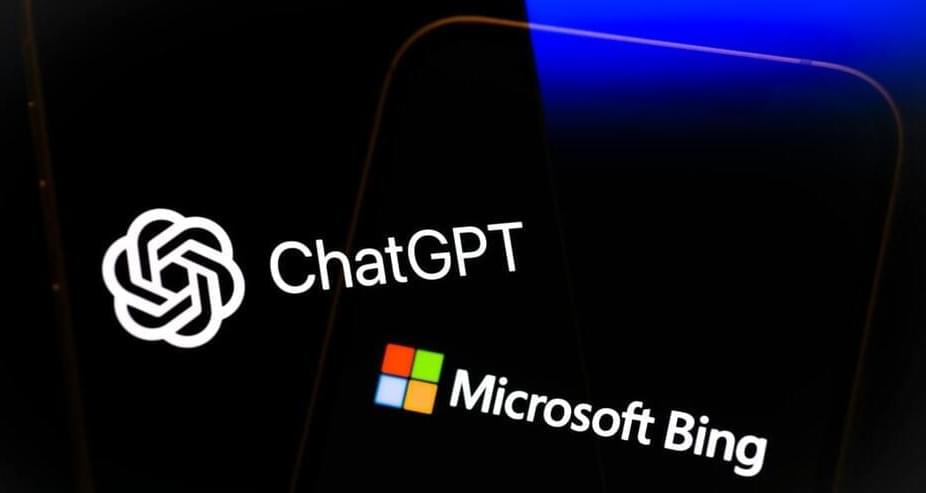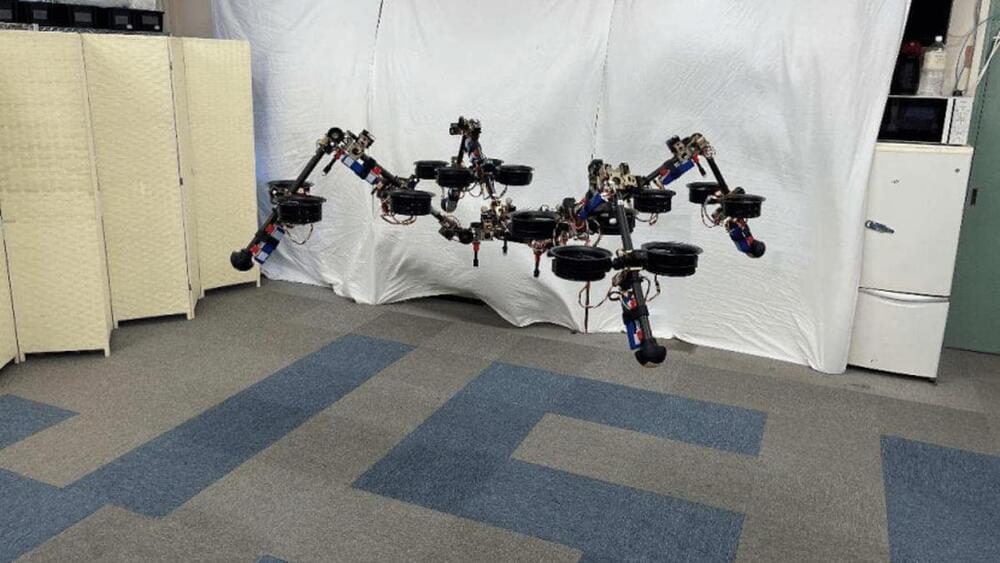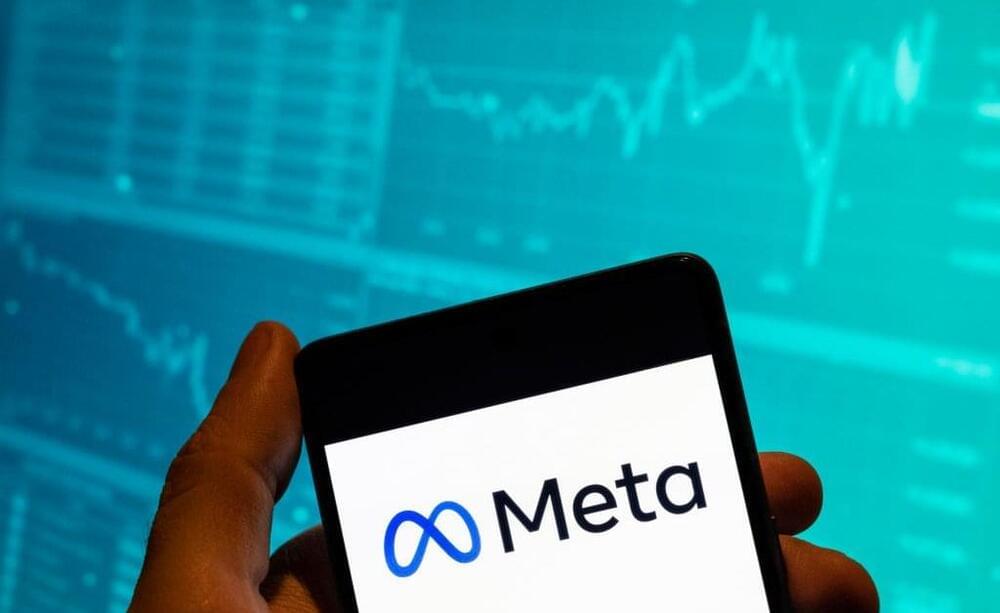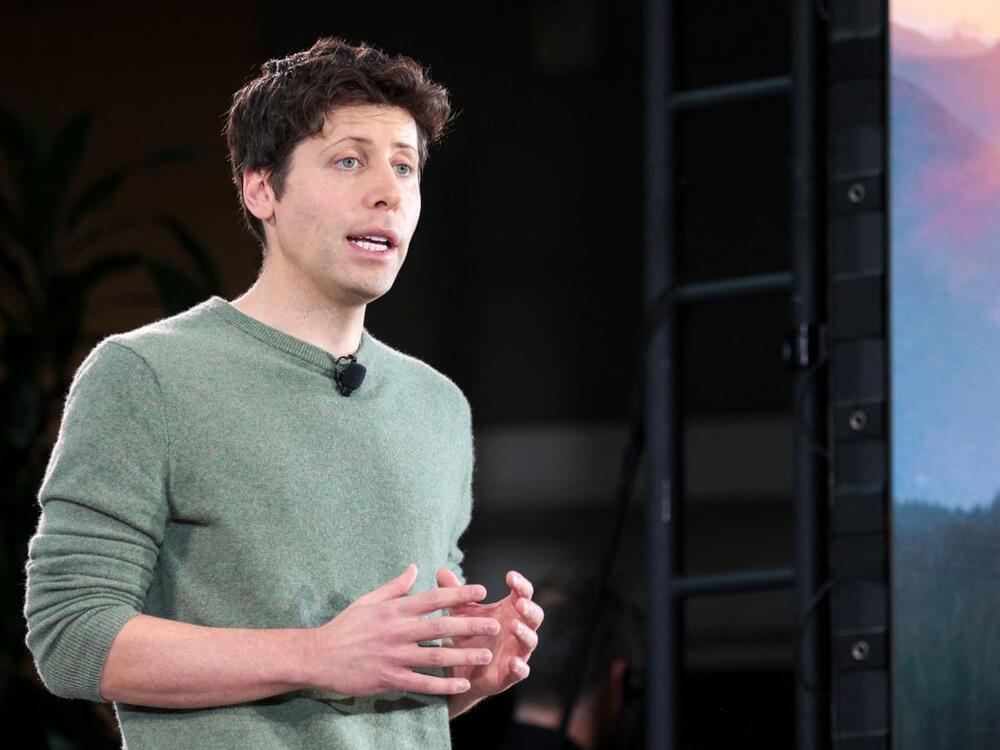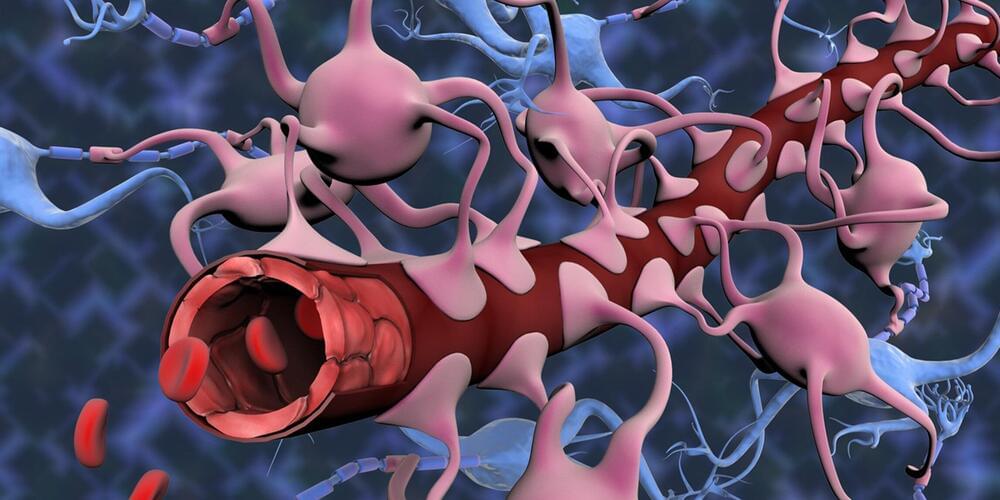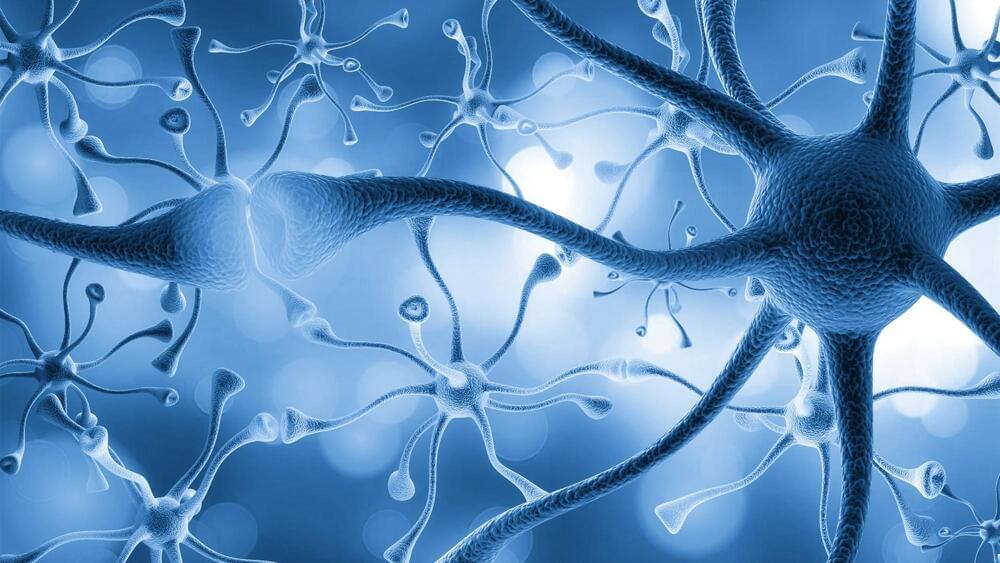AstroForge plans to mine asteroids, not for gold, but for platinum and other high-value metals. Will it succeed where others haven’t?
Thousands Uncontactable As New Zealand Grapples with Worst Natural Disaster ‘This Century’.
Microsoft’s new Bing browser powered by OpenAI’s ChatGPT is being played with by the public, raising many concerns with its responses.
A remarkable group of drone prototypes from a team at the University of Tokyo takes multirotor complexity to the next level. These hypnotic flying robots are able to change their structural shape mid-air, creating some unprecedented capabilities.
Facebook parent company Meta Platforms Inc. is launching a subscription service called Meta Verified that will include a handful of additional perks and features, including account verification badges for those who pay.
The new subscription will cost $11.99 per month — $14.99 if purchased through the iOS app — and is primarily targeted toward content creators. In addition to a verification badge, the subscription includes “proactive account protection, access to account support, and increased visibility and reach,” a Meta spokesperson said in an email.
Chief Executive Officer Mark Zuckerberg announced the new product via his Instagram Channel, a service that was unveiled in the past week. The option will be available on both Facebook and Instagram, but they’ll be separate subscriptions.
Microsoft’s AI-powered Bing unnerved some people recently with shocking responses.
Amid discussions and scrutiny, OpenAI CEO Sam Altman shared his thoughts on AI In a series of tweets on Sunday.
He warned the world may not be “that far from potentially scary” AI and said regulation will be “critical.”
Microsoft’s ChatGPT-powered Bing has unnerved some people recently, with shocking responses that range from snarky to overtly emotional.
Are quantum fields real, or are they simply calculational tools? These 3 experiments show that if energy is real, so are quantum fields.
Using the ALMA telescope in Chile and Einstein’s theory of relativity, scientists observed a young galaxy in the early universe that is invisible in nearly every wavelength.
Up to now, the use of models to research the barrier that separates the circulatory from the nervous system has proven to be either limited or extremely complicated. Researchers at ETH Zurich have developed a more realistic model that can also be used to better explore new treatments for brain tumors.
Mario Modena is a postdoc working in the Bio Engineering Laboratory at ETH Zurich. If he were to explain his research on the blood-brain barrier —the wall that protects our central nervous system from harmful substances in the blood stream —to an 11-year-old, he would say, “This wall is important, because it stops the bad guys from getting into the brain.” If the brain is damaged or sick, he says, holes can appear in the wall. Sometimes, such holes can actually be useful, for example, for supplying the brain with urgently needed medicine. “So what we are trying to understand is how to maintain this wall, break through it and repair it again.”
This wall is also important from a medical perspective, because many diseases of the central nervous system are linked to an injury to the blood-brain barrier. To discover how this barrier works, scientists often conduct experiments on live animals. In addition to such experiments being relatively expensive, animal cells may provide only part of the picture of what is going on in a human body. Moreover, there are some critics, who question the basic validity of animal testing. An alternative is to base experiments on human cells that have been cultivated in the laboratory.
In a recent study published in the journal Cell, researchers utilized a genetically encoded mirror-TRAP strategy to investigate the functional importance of aggression-mirroring neurons.

